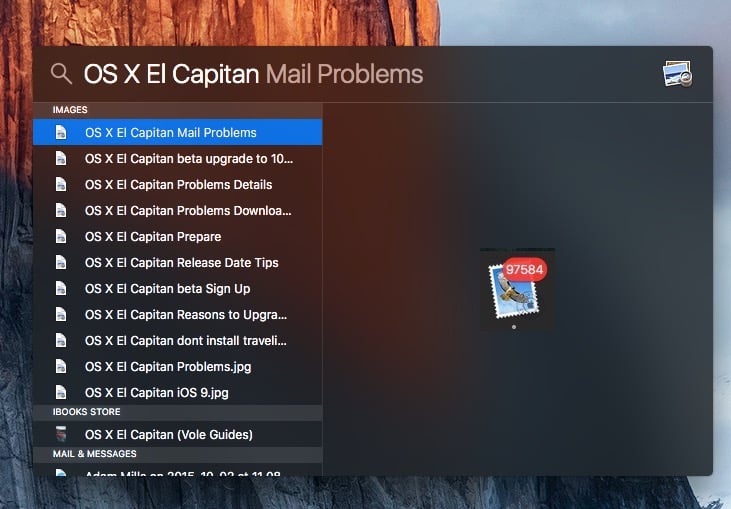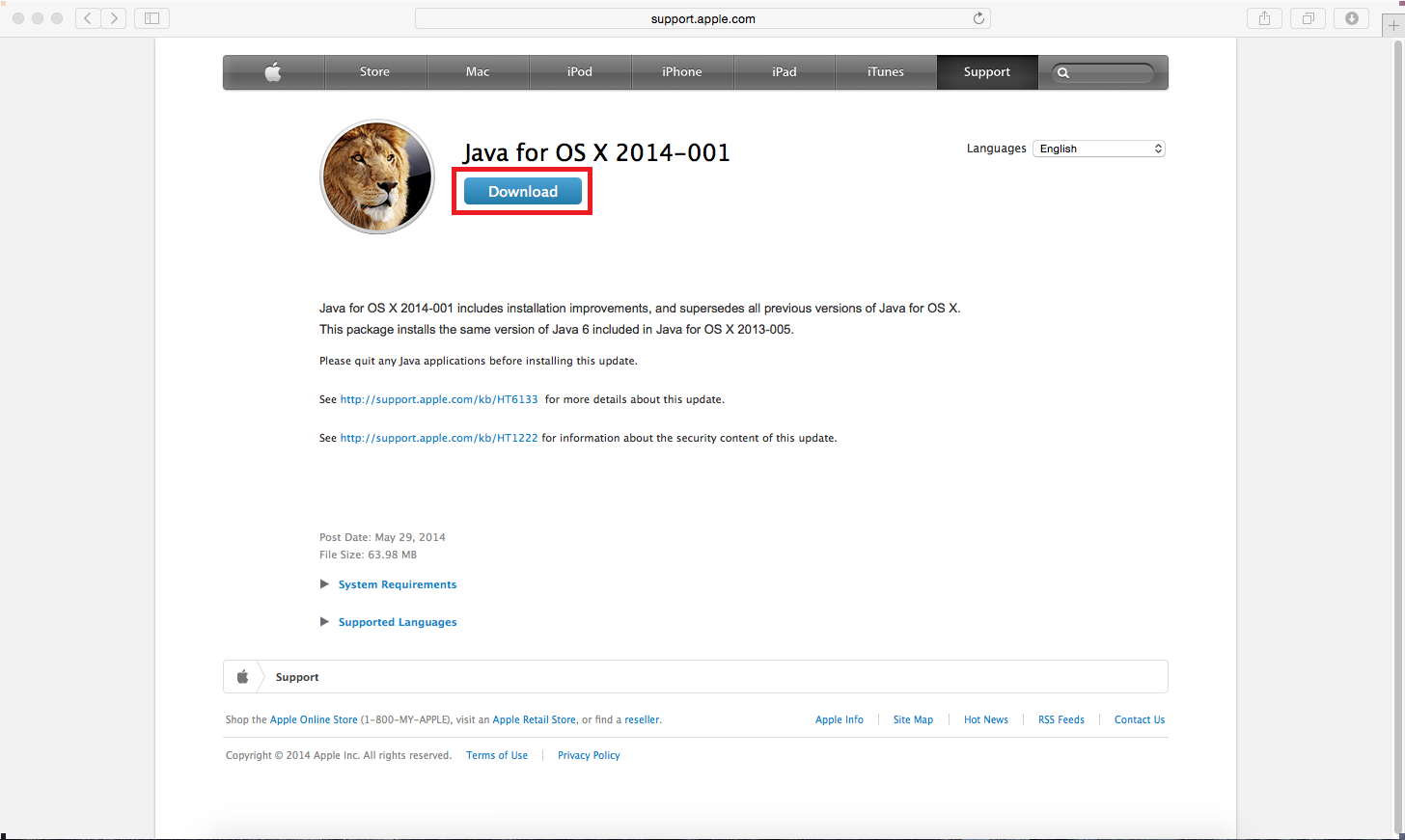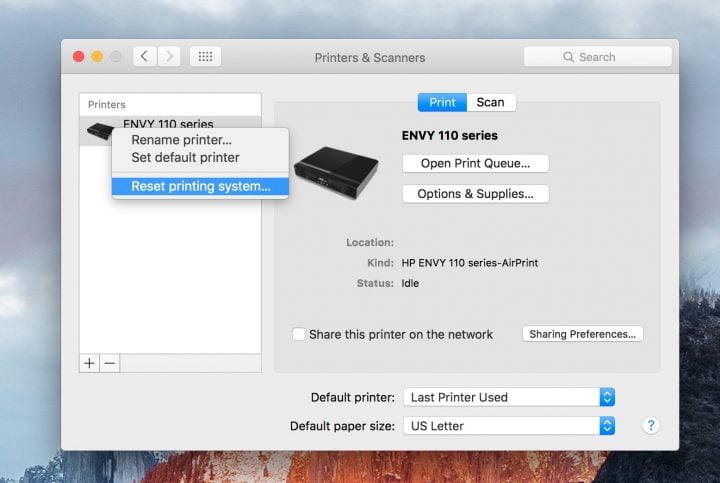

Join us as we continue to push the Web to 100% encryption: /BpCWxmyjBI- Let's Encrypt September 9, 2021 Securing the Web *is* possible! Free, easy-to-use TLS certificates, and automation have helped us get where we are today.

We have reached 2 billion certificates issued!

This is nothing to do with what Let's Encrypt have done, or have not done, this still comes down to the same underlying problem that devices out in the ecosystem aren't being updated as they should be. In the last year alone, Let's Encrypt have grown their market share quite a lot and as a CA becomes larger, it's certificates enable more of the Web to operate and as a result, when something like this comes along they have the potential to cause more problems. The reason we're having a problem at all is because clients don't get updated regularly and if the client doesn't get updated, then the new root CA that replaces the old, expiring root CA is not downloaded onto the device. In normal circumstances this event, a root CA expiring, wouldn't even be worth talking about because the transition from an old root certificate to a new root certificate is completely transparent.

The Impending Doom of Expiring Root CAs and Legacy Clients.
#Java se 6 for mac el capitan series
If you're interested in more details on the past AddTrust expiration, what might be in store for the IdenTrust expiration and what you can do about it, this 4-part series I wrote will help you, but be warned, it's not for the fainthearted! Organisations like Roku, Stripe, Spreedly and many others had problems and they weren't the only ones, even RedHat had something to say about the event. This happened last year, on May 30th at 10:48:38 2020 GMT to be exact, when the AddTrust External CA Root expired and took a bunch of things with it. If the root certificate that your certificate chain anchors on is expired then there's a good chance it's going to cause things to fail. This will not be the first time a root CA certificate has expired and I imagine it will follow the same trend as previous expirations where things break. Once this root CA has expired, clients, like web browsers, will no longer trust certificates that have been issued by this CA. That gives us quite a specific time for when this certificate will expire: That's converted to BST for me, but if I parse the certificate using OpenSSL X509 you can see the UTC timestamp for expiration: The certificate in here that is going to cause a problem is this one, the IdenTrust DST Root CA X3.Īs you can see, the clock is ticking and we are getting close to the expiration date of 30th Sep 2021 but it's not just an expiration date, it's an expiration timestamp that we call notAfter: These certificates are built into your OS and are generally updated as part of the normal process of updating your OS.
#Java se 6 for mac el capitan windows 10
Here you can see the list of "Trusted Root Certificate Authorities" on my current Windows 10 device: Ultimately, all certificates that power HTTPS on the Web are issued by a CA, a trusted organisation recognised by your device/OS. For everyone else, this blog post, and the details I'm going to link to, should be enough to understand what's going to happen and why. This seems like a shameless plug, but if you really want to know more about how Certificate Authorities (CA) and Certificate Chains work, you should consider joining me on the Practical TLS and PKI training course that I deliver which was created by Ivan Ristic, the creator of SSL Labs and author of Bulletproof SSL and TLS. You may or may not need to do anything about this Root CA expiring, but I'm betting a few things will probably break on that day so here's what you need to know! On 30th September 2021, the root certificate that Let's Encrypt are currently using, the IdentTrust DST Root CA X3 certificate, will expire.


 0 kommentar(er)
0 kommentar(er)
